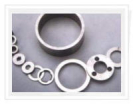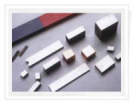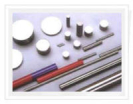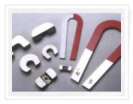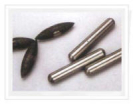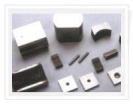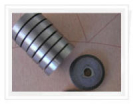Alnico is characterised by a relatively low coercive force, which means it is susceptible to demagnetisation if not managed with appropriate care. To ensure optimal performance, particularly with Alnico 5, it is recommended that the magnetic length be approximately five times the pole diameter, or its equivalent diameter. For instance, a magnet with a diameter of 0.250 inches should ideally have a length of around 1.00 inch to achieve maximum efficiency.
In contrast, Alnico 8 possesses a higher coercivity, enabling it to maintain its magnetic properties more effectively. As a result, this grade of Alnico can be utilised in shorter lengths and is well-suited to disc-shaped configurations.


